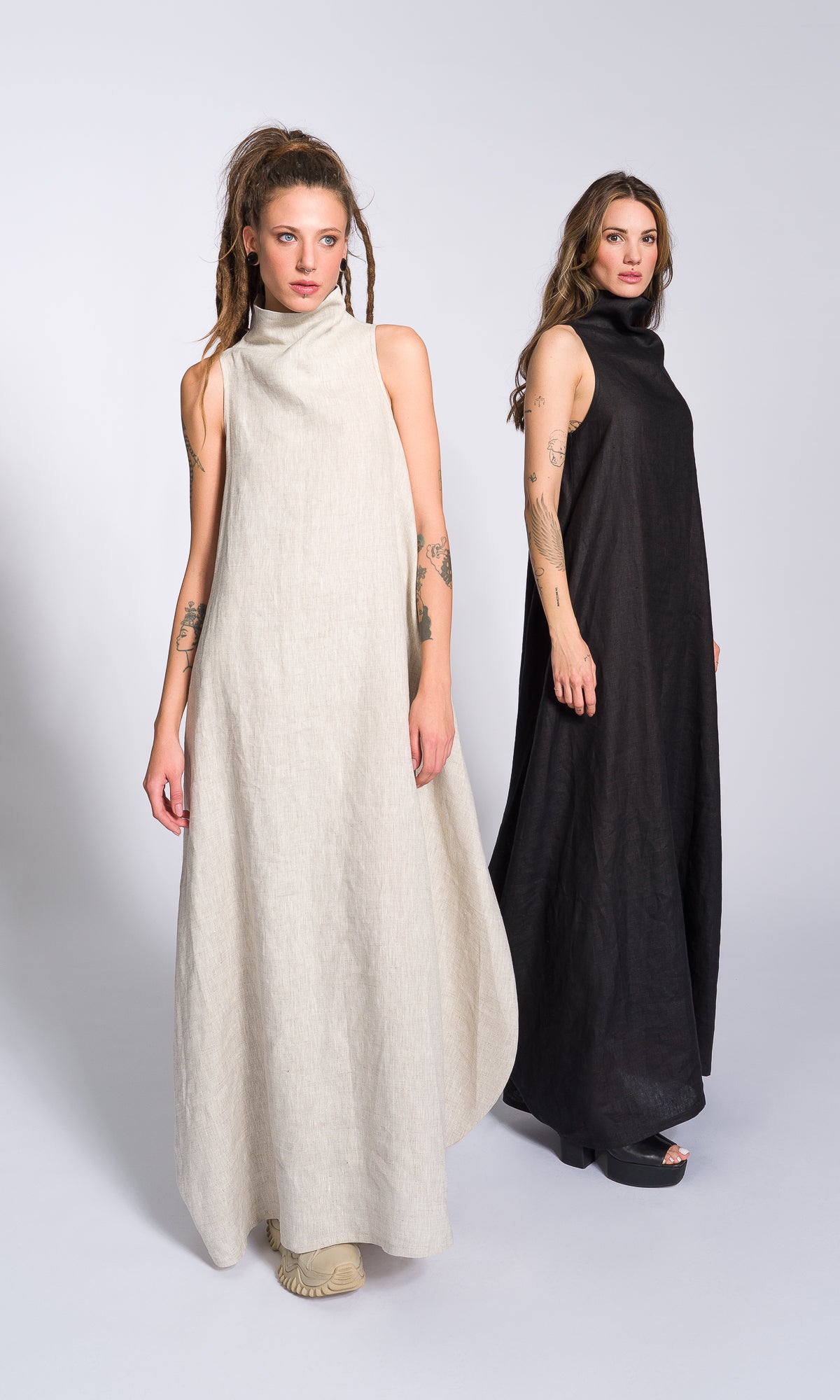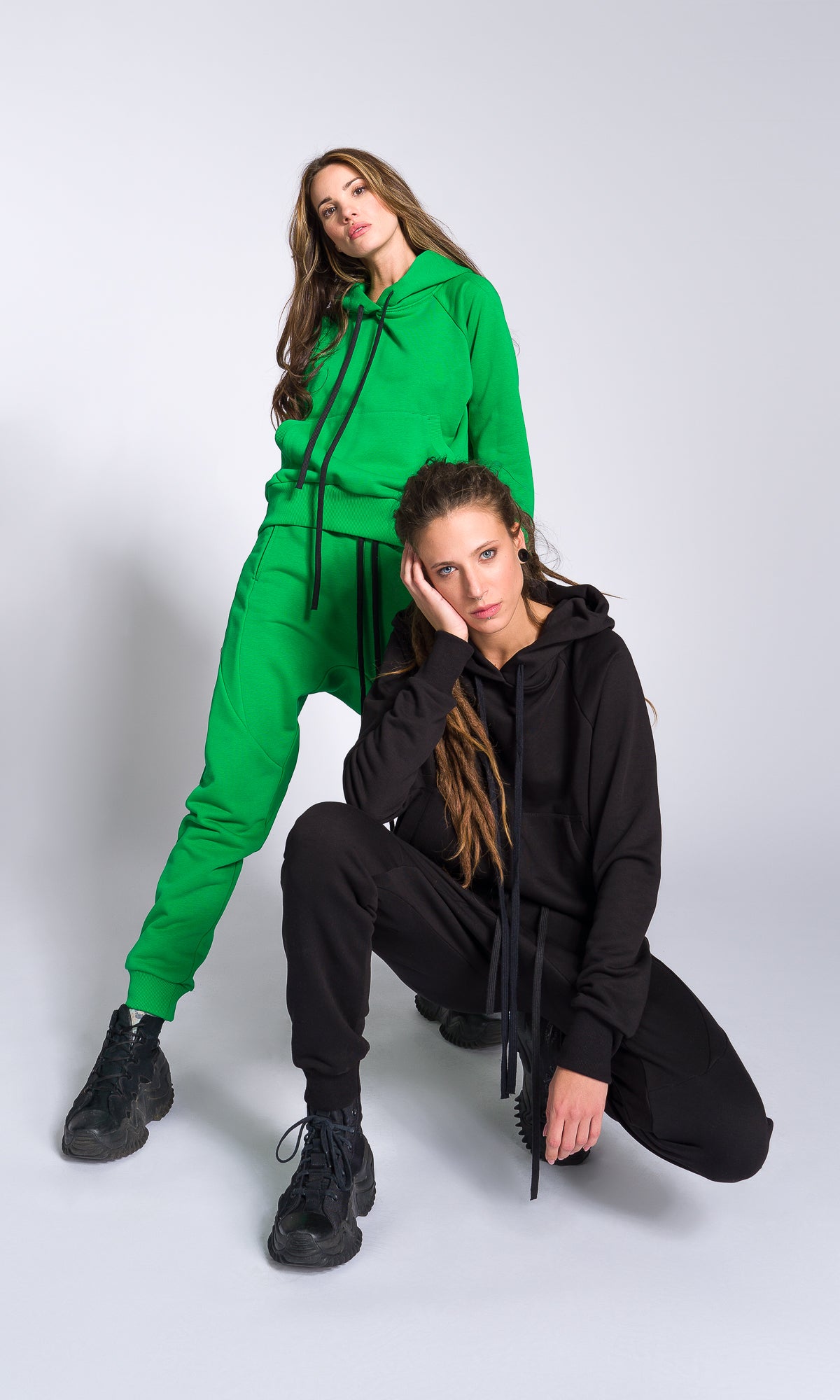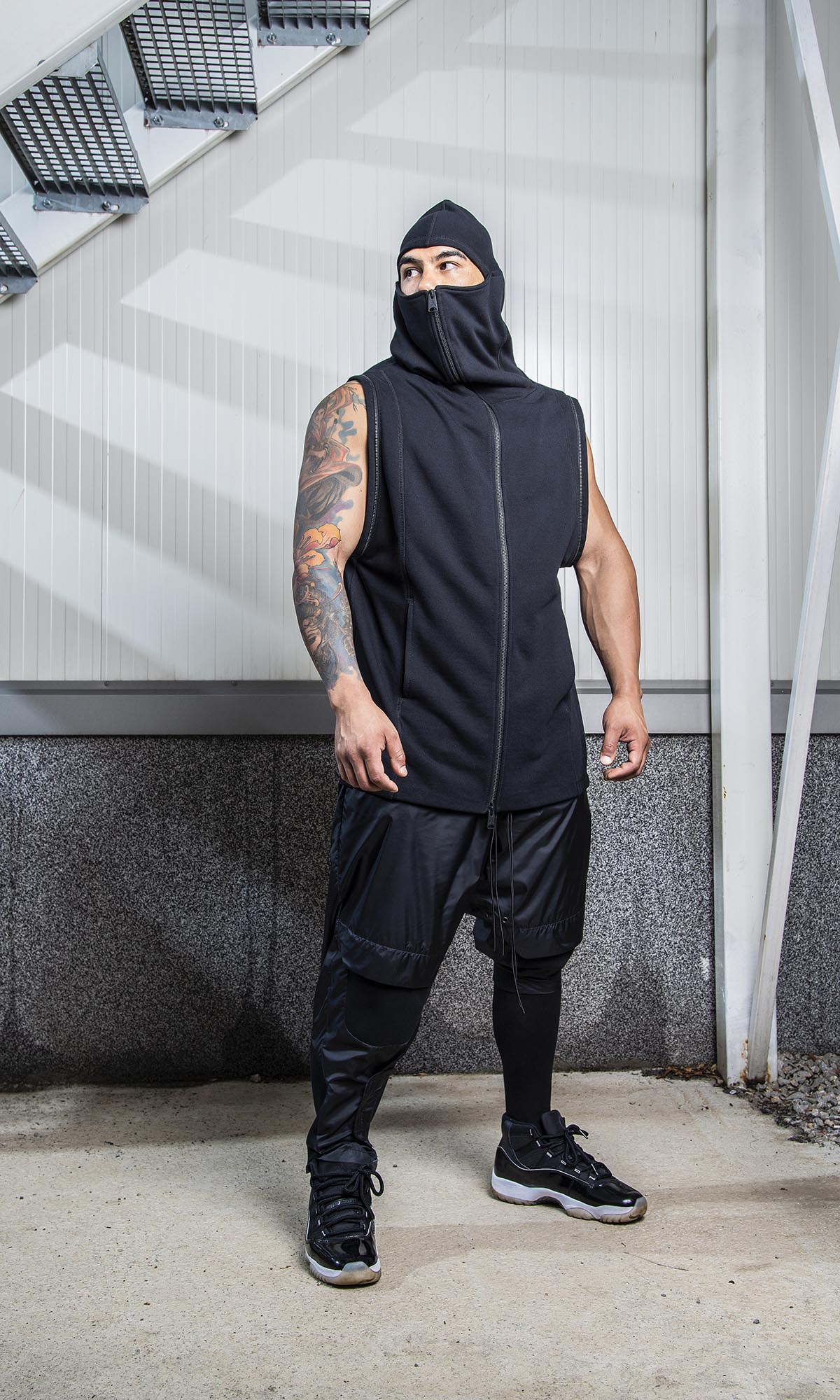[title]
[message]Production Ethos
Crafting Slow Fashion for a Better Environment
Our commitment to sustainability extends beyond our products; we also place great importance on the hard work and energy of our team. At Aakasha, we pride ourselves on supporting ethical practices that respect both people and the planet.
Mindful Material Selection
As a small, family-run business, we understand the importance of taking small steps towards minimizing our impact on the planet. That's why we use surplus fabrics - mostly natural, plant-based materials like linen and cotton - in some of our designs. It's a small but significant way of making the fashion industry less harmful to the planet.
Celebrating Local Craftsmanship
At Aakasha, we take pride in our team's craftsmanship and creativity. Our entire production cycle takes place locally in Bulgaria, where our in-house team imbues each fashion creation with love and feminine energy. From the Aakasha family to yours, we appreciate your support in our mission to promote slow fashion for a better environment.

Pricing in fashion: why you pay more for independent designers' clothing
We believe our customers should know the term "true cost" of a product. So here we share with you our product pricing formula and why it differs from that of mass fashion brands and fast fashion retailers.
(Material Consumption x Material Cost ) + Clothing Hardware
-
AVG Production time x Handcrafting level
Handmade is precious! As a fashion brand entirely based in Europe, our employees work under good conditions and receive fair pay that improves the value and quality of the fashion creations you buy.
-
Material consumption x Material cost
The price of the fabrics and leathers vary according to their market demand and supply. There are types of fabrics that are highly sought after and maintain a high price point. Some maximum-length garments, such as those with voluminous cuts or linings, require more fabric, which significantly increases their cost.
-
Clothing hardware used
The YKK™ zippers we use are of the best possible quality. They slide smoothly and do not lose their functionality over time. That's why some of our models with zippers included in the design are priced higher than those with no zippers.
Note that our pricing formula refers to the "true cost" of the garment. The "regular retail price" is what covers the cost of running our small business - rent, supplies, wages, insurance, development, marketing, taxes, fees, etc.
Thank you to everyone who appreciates and respects the value of our honesty, hard work and creativity.
Love,
A.




